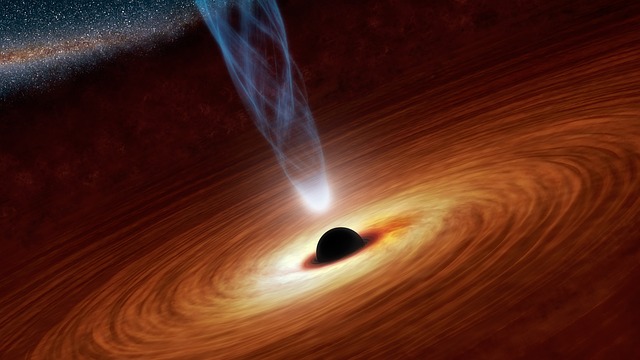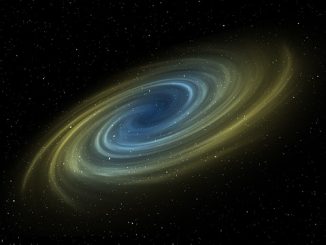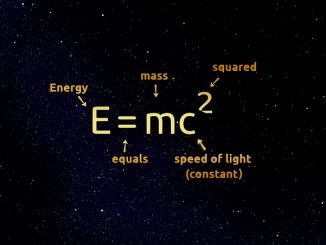
A black hole devouring a star isn’t an extraordinary event because it happens all the time. This star-eating is referred to as tidal disruption event or TDE. It’s called as such because of how it happens.
As an object approaches a black hole, the black hole’s powerful gravitational force causes the object to experience extreme compression and stretching to the point of almost breaking apart. When a black hole is done ripping the object (i.e. a star) apart, it hurls some of its particles into space at high speeds and consumes what’s left. As the black hole eats, it grows, and as it grows, it sends out super hot X-ray flares in the process. A TDE can be observed through these X-ray flares.
TDEs are common. What’s uncommon is a TDE that goes on for a prolonged period of time, erasing all existing records and in the process defying well-established physical limits, in this case, the Eddington limit which is the maximum brightness a star can reach before it starts to become unstable.
We’re talking about a discovery made by a research team from the University of New Hampshire led by Dacheng Lim regarding a monstrous black hole that’s been binge-eating on a star for more than 10 years — over 10 times longer than any other star-devouring activity ever recorded which typically lasts for only a year.
In a statement they issued, Lim was quoted as saying: “Dozens of tidal disruption events have been detected since the 1990s, but none that remained bright for nearly as long as this one.”
The black hole is called XJ1500+0154 and it’s located in the center of a galaxy that’s roughly 1.8 billion light-years from our planet. It achieved its peak brightness in 2005, and astronomers have been observing it since then through NASA’s Chandra X-ray observatory and Swift satellite, together with the European Space Agency’s XMM-Newton.
As it’s turning out, XJ1500+0154 isn’t just eating one gigantic meal; it’s in the midst of the longest running meal as well and it’s baffling astronomers because they have no idea how it can go on for so long — only that it’s either consuming its meal more thoroughly than any other black hole has done before, or it’s gorging on an extremely massive star. The meal started in July 2005 and based on computer models, it should start diminishing over the next decade.
Discovering this TDE — which is redefining the very concept of slow death — shows without a doubt that black holes have the capacity to grow into super black holes at accelerated rates. More importantly, this discovery can help provide deeper insights into how black holes behave, specifically, how super black holes were able to grow to masses nearly a billion times bigger than the sun when the universe was still in its early formation stage.
The discovery was reported online through the journal Nature Astronomy.
- Bulenox: Get 45% to 91% OFF ... Use Discount Code: UNO
- Risk Our Money Not Yours | Get 50% to 90% OFF ... Use Discount Code: MMBVBKSM
Disclaimer: This page contains affiliate links. If you choose to make a purchase after clicking a link, we may receive a commission at no additional cost to you. Thank you for your support!




Leave a Reply